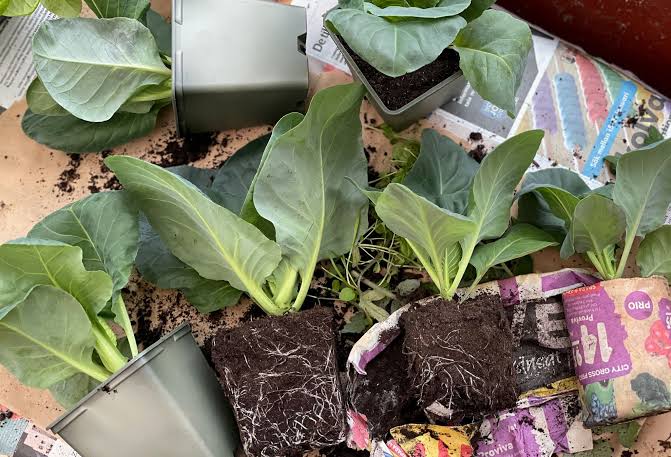Cabbage is a versatile, nutritious vegetable that has been a staple in kitchens for centuries. From crispy coleslaw to hearty soups and stews, its uses are endless. But the best part? Growing it yourself at home is easier than you might think! With the right techniques, you can learn how to plant cabbage like never before and enjoy fresh, homegrown heads packed with flavor and nutrients. Whether you’re a beginner or an experienced gardener, this guide will help you grow cabbage successfully in your backyard or even in containers.Why Grow Cabbage at Home?Before diving into the steps, here’s why cabbage makes a great addition to your garden:Nutrient-Rich: High in vitamins C and K, fiber, and antioxidants.Cool-Season Crop: Perfect for early spring and fall gardening.Variety: Green, red, and Savoy cabbages offer flavor and texture options.Long Shelf Life: Properly harvested cabbage can be stored for weeks.Best Time to Plant CabbageCabbage is a cool-weather crop, meaning it grows best in temperatures between 45°F and 75°F (7°C–24°C).Spring planting: Start seeds indoors 6–8 weeks before the last frost.Fall planting: Sow seeds directly outdoors in mid-to-late summer for a fall harvest.How to Plant Cabbage Like Never BeforeStep 1: Choose the Right VarietyPick a cabbage variety based on your region and preference:Green Cabbage: Classic and versatile.Red Cabbage: Adds color to dishes and is rich in antioxidants.Savoy Cabbage: Tender leaves, great for wraps.Step 2: Start with Healthy SeedlingsYou can start from seeds indoors or purchase ready-to-plant seedlings from a nursery.Harden off seedlings before transplanting them outdoors to prevent shock.Step 3: Prepare the SoilCabbage loves fertile, well-draining soil.Enrich with compost or organic matter.Aim for soil pH between 6.0 and 6.8.Step 4: PlantingSpace seedlings 12–18 inches apart in rows about 24–36 inches apart.Plant deep, covering the stem up to the first leaves for strong root support.Step 5: Watering & FeedingKeep soil consistently moist—about 1.5 inches of water per week.Apply a balanced fertilizer (10-10-10) every few weeks for healthy growth.Caring for Your CabbageMulching: Apply mulch to retain soil moisture and regulate temperature.Weeding: Keep the bed free from weeds that compete for nutrients.Sunlight: Ensure at least 6 hours of full sunlight daily.Pest & Disease ManagementCabbage is prone to a few common pests, but with the right precautions, you can protect your crop.Cabbage Worms & Loopers: Use row covers and check undersides of leaves.Aphids: Spray with water or use neem oil.Clubroot Disease: Rotate crops yearly and avoid planting in the same spot.Harvesting CabbageHarvest when heads are firm and reach the desired size (usually 70–100 days after planting).Cut the head at the base with a sharp knife, leaving the outer leaves and stem intact.Fun tip: Sometimes smaller “side heads” grow after the main harvest!Tips to Grow Cabbage Like Never BeforeSuccession Planting: Plant every 2–3 weeks for continuous harvests.Companion Planting: Grow with onions, beets, or potatoes for better yields.Container Growing: Use a deep pot (at least 12 inches wide) if space is limited.Frost Sweetness: A light frost can make cabbage leaves sweeter in flavor.ConclusionLearning how to plant cabbage like never before is all about combining timing, soil preparation, and consistent care. With a little effort, you’ll enjoy fresh, crunchy, and nutrient-packed cabbage straight from your garden. Perfect for salads, stews, stir-fries, or pickling, homegrown cabbage is a rewarding crop that will keep your kitchen stocked with healthy, versatile ingredients.So grab your seeds, prep your garden bed, and start planting—your homegrown cabbage adventure awaits! 🥬✨

